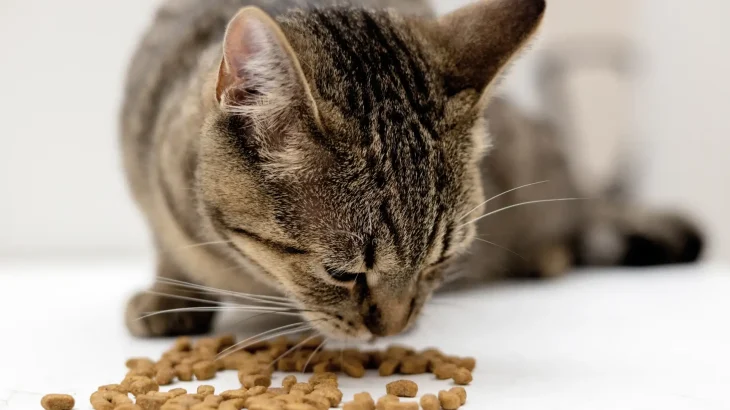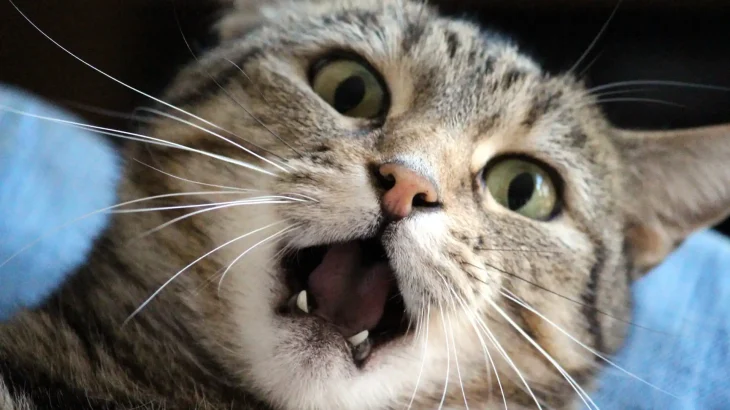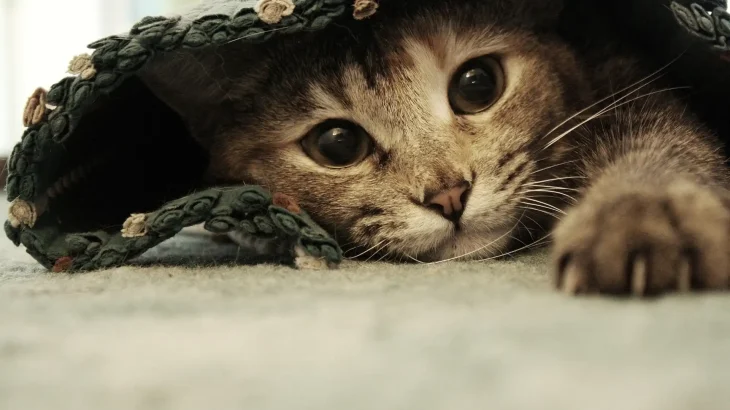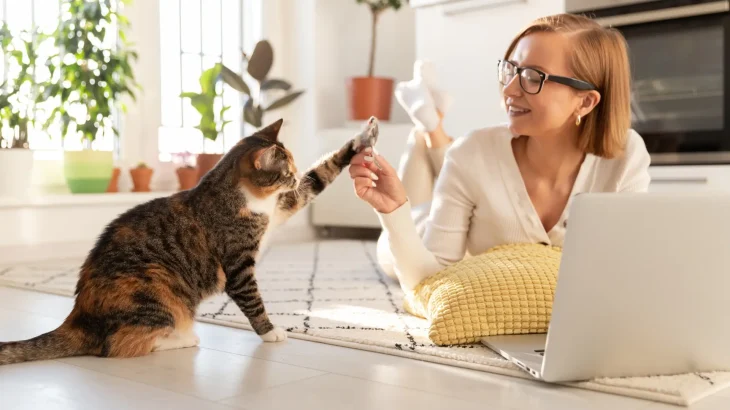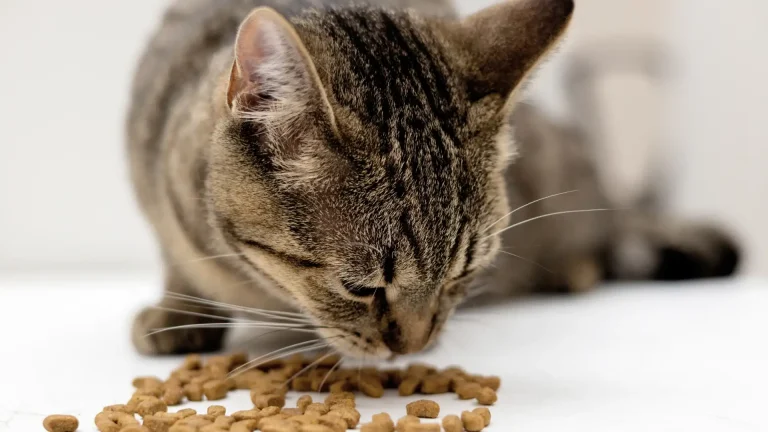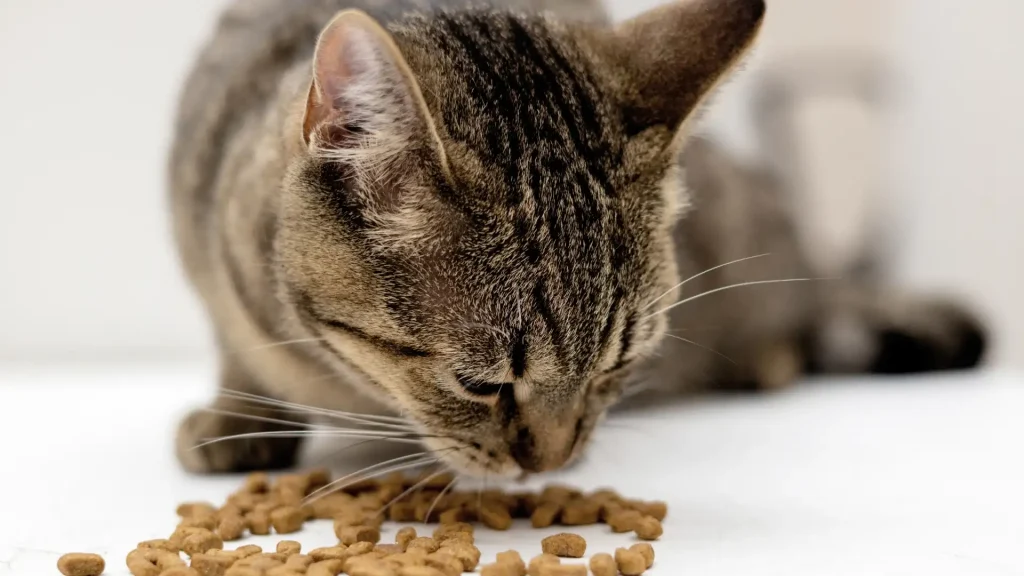When deciding whether to bring a Sterling kitten into your home by buying from a breeder or adopting, it helps to weigh the pros and cons related to health history, costs, and available support. Purchasing often offers more clarity on the kitten's background, while adopting provides the rewarding chance to give a home to a cat in need.
Adoption vs. Breeder: Pros & Cons
| Criteria | Buying from Breeder | Adopting from Shelter/Rescue |
|---|---|---|
| Cost | Higher due to pedigree and breeder fees. | Lower fees, often covering vaccinations and spay/neuter. |
| Health History | Detailed records and genetic screening. | Basic checks; full background may be unknown. |
| Age Availability | Typically kittens, often very young. | Wide range of ages, including adults and seniors. |
| Temperament Insight | Breeders provide info on lineage and personality. | Shelter staff share observed behaviors; history limited. |
| Supporting Practices | Supports ethical breeding when chosen carefully. | Supports animal welfare by saving cats in need. |
| Return Policy & Support | Often includes return policy and ongoing breeder support. | Policies vary; support depends on shelter resources. |

